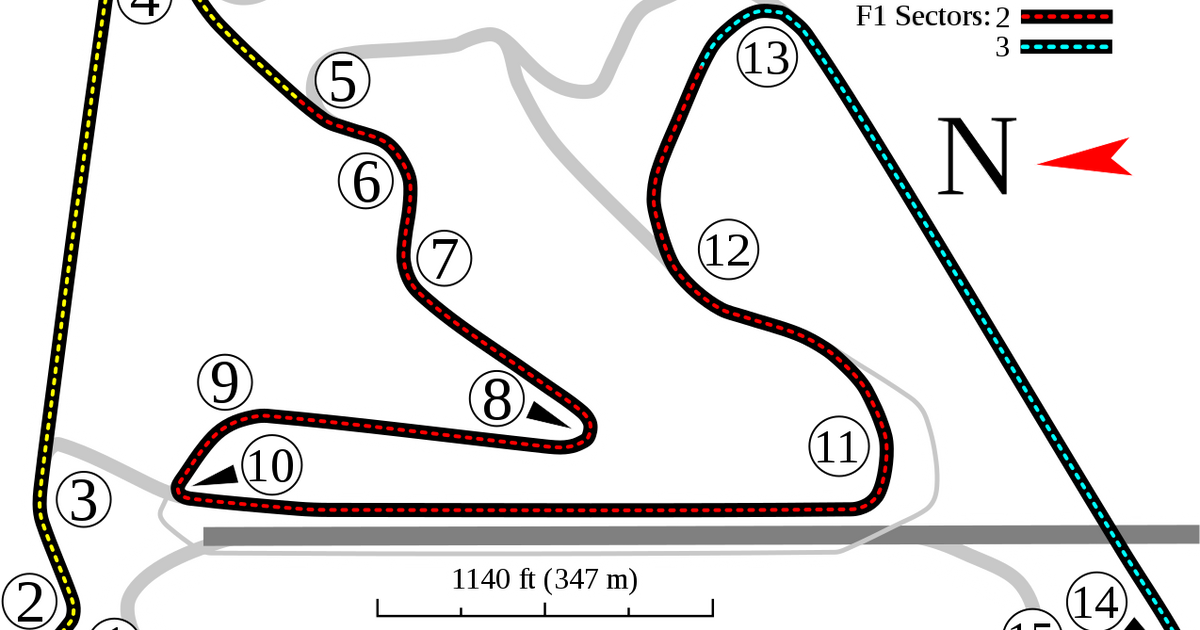(Photo credit: Will Pittenger)
Round Two takes us to the deserts of Bahrain for our first race under the lights in 2018. Located centrally on Bahrain Island, about 30km south of the capital Manama, it's quite a remote location even for the die-hard F1 enthusiast. The desert conditions aren’t just an issue for the fans, they can also cause havoc with the cars and the air filters. So much so that the race organisers spray an adhesive on the ground around the circuit to minimise dust. Yep, they actually glue the sand down!
Fireworks on track
The track itself is characterised by four straights, meaning over 60% of the lap is on full throttle, and several slow corners. This puts extra pressure on the mechanics to keep both the engine and the brakes cool. Although the air temp is cooler in the evening, it's still stifling hot and dry. Add to that sand particles in the air and you’ve got a lot of work for the engines to manage.
The track itself is more forgiving than the environment, with a smooth ride all round. Low kerbs and lenient run off areas allow drivers to attack corners aggressively. This, coupled with the low ride height and the dark conditions, will set the sparks literally flying.
Tighty righty
Three of the aforementioned straights are followed by sharp right handers, so expect to see some late-braking overtaking attempts, especially into Turn One. The prescience of DRS will make this the optimum spot for making a move although most will look to complete any overtake long before the corner. With a 100m braking zone, there may be a few desperate lunges should the battles for points become close.
Elsewhere, a similar setup leading to Turn Four may provide some interesting moments as the incline before the corner is the steepest on the track. This means both the engine and chassis need to be working in perfect harmony to keep a competitor behind.
Turns Nine and Ten are a pair of blind left handers, needing sharp deceleration that can easily put a flat spot on a tyre if misjudged. It also leads into the track's other DRS zone along the back straight, so there is added pressure not to lose time in these corners.
Further round, the fourth straight of the track brings the drivers to Turn 14 and the second DRS activation point before heading into the main straight. Having the run on the car in front should reduce the frustration for lead drivers stuck further down the pack.
Explore new topics and discover content that's right for you!
F1



